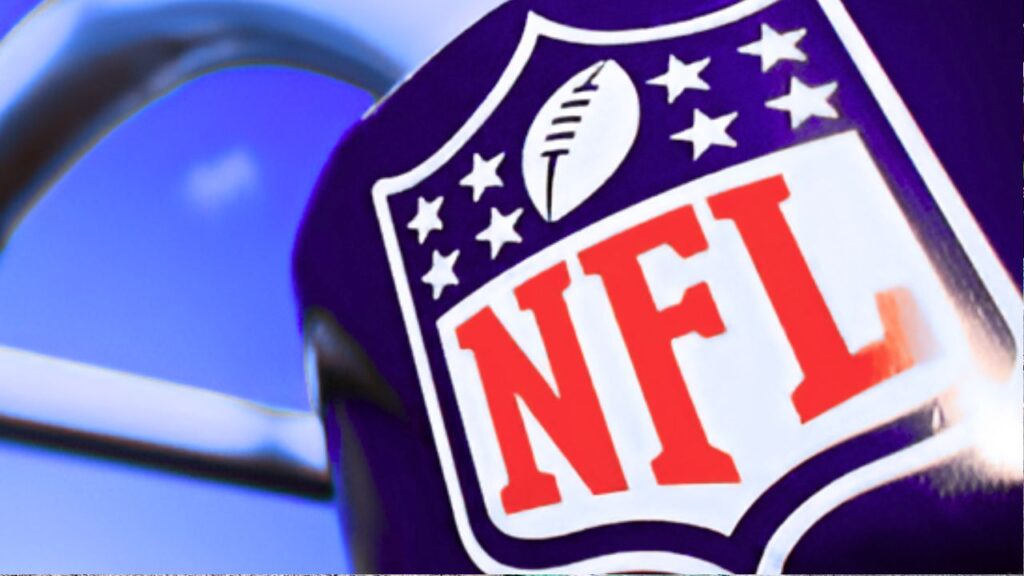
NFL Game Rules Explained: The Ultimate 2025 Guide

NFL Games and Their Unique Dynamics
NFL games are played between two teams of 11 players each, making every match a high-stakes battle of strategy, skill, and reflexes. The fast-paced nature of the game demands split-second decisions, where reflexes can mean the difference between victory and defeat.
In this article, we explore the 7 reflexes that define the intensity of NFL games. From quarterbacks dodging sacks to wide receivers making clutch catches, these reflexes shape the sport’s most unforgettable moments.
1. The Quarterback’s Lightning-Fast Decision-Making Reflex
One of the most critical positions in NFL games is the quarterback. With only seconds to assess the defense, release the ball, or evade a sack, their reflexes are constantly tested.
Key Reflexes of an Elite Quarterback:
- Pocket Awareness: Sensing pressure and adjusting footwork instantly.
- Reading Defenses: Identifying blitzes and coverage shifts in milliseconds.
- Throwing Under Pressure: Delivering accurate passes while avoiding sacks.
NFL legends like Tom Brady and Patrick Mahomes excel because of their razor-sharp reflexes, turning potential disasters into game-changing plays.
2. Wide Receivers’ Hand-Eye Coordination Reflex
NFL games are played between two teams of 11 players each, meaning receivers must outmaneuver defenders in tight coverage. Their ability to track the ball mid-flight and adjust their body positioning is unmatched.
How Reflexes Impact Receivers:
- Adjusting to Off-Target Throws: Stretching, diving, or leaping to secure catches.
- Instant Route Adjustments: Reacting to defensive backs’ movements.
- Tucking the Ball Quickly: Preventing fumbles after contact.
Players like Jerry Rice and Tyreek Hill dominate because their reflexes allow them to make seemingly impossible catches.
3. Defensive Linemen’s Explosive First-Step Reflex
Defensive linemen must explode off the snap faster than offensive linemen to disrupt plays. A fraction of a second delay can mean missing a sack or tackle.
Critical Reflexes for Defensive Players:
- Anticipating the Snap Count: Timing jumps to avoid offsides penalties.
- Swim & Rip Moves: Quickly disengaging from blockers.
- Pursuit Reflex: Changing direction to chase down ball carriers.
Aaron Donald and Myles Garrett showcase how elite reflexes lead to game-changing sacks and tackles for loss.
4. Running Backs’ Evasive Reflexes in Traffic
NFL games are played between two teams of 11 players each, meaning running backs face a swarm of defenders every carry. Their ability to make rapid cuts and break tackles is essential.
Essential Reflexes for Running Backs:
- Instant Cutbacks: Identifying open lanes in milliseconds.
- Spin Moves & Stiff Arms: Shedding tacklers mid-stride.
- Ball Security: Tucking the ball tightly when hit.
Barry Sanders and Derrick Henry demonstrate how reflexes turn ordinary runs into highlight-reel plays.
5. Defensive Backs’ Reaction Time in Coverage
Cornerbacks and safeties must mirror receivers’ movements while anticipating throws. Their reflexes determine whether they break up passes or get burned for touchdowns.
Key Reflexes for Defensive Backs:
- Backpedal-to-Sprint Transition: Reacting to deep routes.
- Ball-Hawking Instincts: Intercepting or deflecting passes.
- Tackling in Open Space: Preventing yards after catch.
Deion Sanders and Jalen Ramsey thrive due to their unmatched reaction speed.
6. Special Teams’ Split-Second Playmaking Reflexes
Field goals, punts, and kick returns rely on ultra-fast reflexes. A single misstep can swing momentum.
Critical Special Teams Reflexes:
- Kickers’ Timing: Perfecting the snap-hold-kick sequence.
- Gunners’ Downfield Speed: Covering punts instantly.
- Returners’ Vision: Finding seams in kick coverage.
Devin Hester’s legendary returns were built on his unrivaled reflexes.
7. Coaches’ Strategic Reflexes in Play-Calling
While NFL games are played between two teams of 11 players each, coaches’ in-game adjustments are just as crucial. Their ability to adapt play-calling based on opponent tendencies is a mental reflex.
How Coaches Use Reflexive Decision-Making:
- Halftime Adjustments: Shifting schemes to counter opponents.
- Two-Minute Drill Play Selection: Managing the clock under pressure.
- Challenge Flag Reflexes: Judging replay-worthiness instantly.
Bill Belichick and Andy Reid are masters of in-game adjustments.
NFL games are played between two teams of 11 players each, but the difference between winning and losing often comes down to reflexes. Whether it’s a quarterback evading a sack, a receiver making a circus catch, or a defensive back jumping a route, elite reflexes separate good players from legends.
By mastering the 7 reflexes outlined above, players and teams can dominate the gridiron and create unforgettable moments in NFL history.
